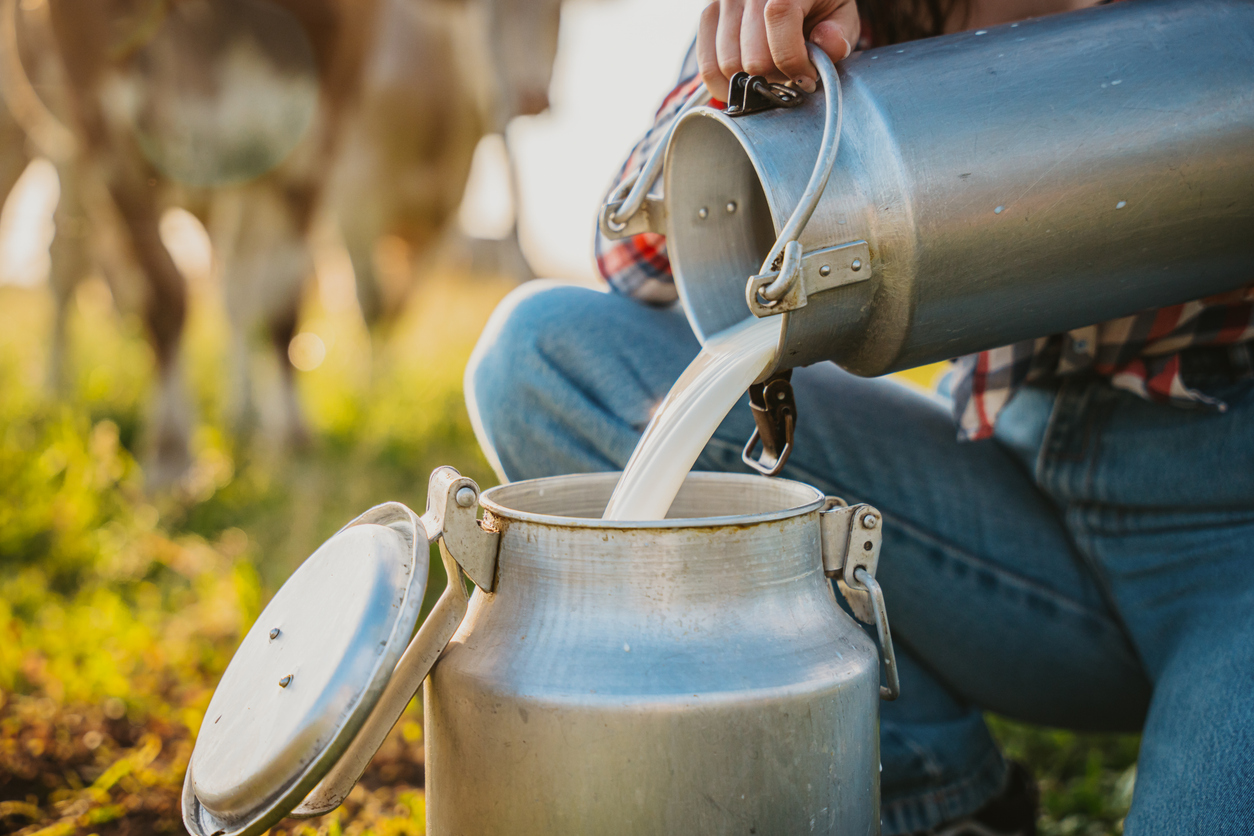These days, there’s an intense debate going on about raw milk. Passionate supporters claim it offers superior nutrition, improved digestion, and boosted immunity. At the same time, many public health officials and virologists warn that drinking raw milk puts you at risk of contracting serious, sometimes fatal, diseases.
So, is raw milk a natural restorer of health, or a potential killer? In this article, we’ll examine the evidence to help you make an informed decision for yourself and your loved ones.
Before we get to raw milk, in particular, let’s begin by looking at the issues with milk in general. Then we’ll see if the benefits of raw milk outweigh these concerns.
The Issues With Milk
Whether raw or pasteurized, dairy products pose three major concerns: impact on human health, animal cruelty, and environmental damage. (To be clear, in this article, I’m not talking about human breast milk, goat’s milk, or yak milk, but cow’s milk that’s taken for human use.)
Milk Health Concerns
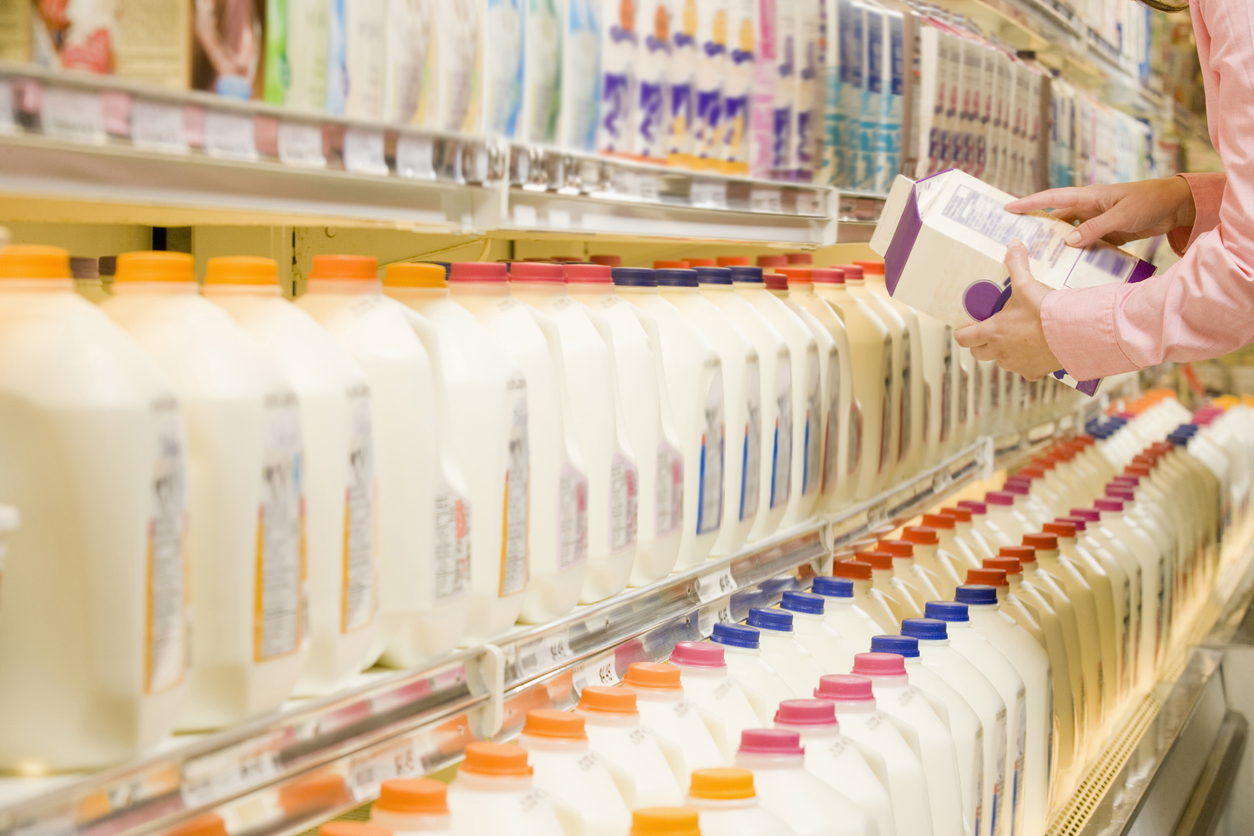
Milk (and some other dairy products) contain significant amounts of saturated fat, a known contributor to heart disease.
An eight-ounce glass of whole milk contains five grams of saturated fatty acids. For reference, the US government cautions against consuming more than 20 grams a day, so one glass accounts for a quarter of the daily limit.
What’s more, milk naturally contains steroid hormones that, even at low doses, can disrupt your endocrine system and lead to hormonal imbalances. Consuming these hormones, such as estrogen and progesterone, has been linked to breast and prostate cancers.
In addition, the antibiotics used in livestock production fuel an increase in diseases and the development of “superbug” bacteria that existing antibiotics can no longer treat. These antibiotic-resistant bacteria can spread to people, making infections harder to treat and increasing the risk of severe illness, longer hospital stays, and higher mortality rates.
While raw milk does not provide inherent protection against antibiotics, most raw dairy products are at least antibiotic-free. A 2024 study that examined over 400,000 samples of raw milk found that just over 1 in 500 tested positive for some kind of antibiotic.
Animal Welfare Problems with Dairy
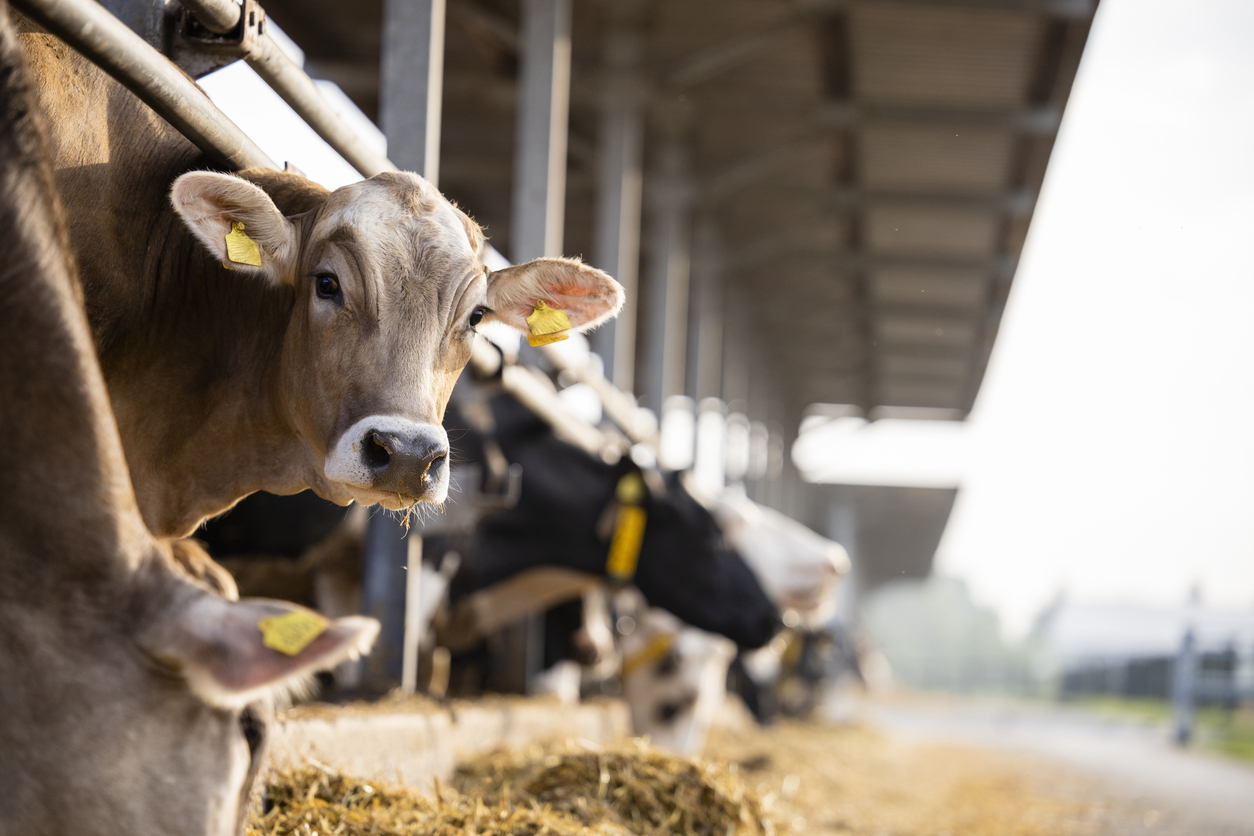
Most meat and other animal products in the United States come from “concentrated animal feeding operations” (CAFOs), also known as factory farms. The CAFOs owned by a single corporation, Dean Foods, produce a staggering 40% of all milk sold in the US.
These farms are characterized by cramped and filthy conditions, stressed-out animals, and the rampant spread of disease (both among the animals themselves and into the surrounding environment through their waste).
In CAFO farms, the dairy cows are repeatedly impregnated, often through artificial insemination, so they’re always lactating. Once they give birth, their calves are taken away, often within hours, so that the milk can be sold for human consumption. Both the mothers and babies experience great distress at this separation (as would just about any other mammalian mother-infant pair).
While raw milk could come from any type of farm, most doesn’t come from these CAFOs; instead, it comes from smaller farms that market their products as more “natural” or “humane.” It’s not easy to assess the veracity of these claims, as the USDA doesn’t keep statistics or meaningfully regulate raw milk production.
Instead, regulation falls to individual US states. If you’re in the mood for a fun summary of the relevant statutes found in California’s Food and Agriculture Code, here you go. My favorite line is a paragon of vagueness: “All persons who come in contact with raw milk shall exercise scrupulous cleanliness…” (Scrupulous Cleanliness would make a great heavy metal band name, if you ask me. But then again, maybe there’s a reason I haven’t yet gotten a job in the heavy metal band naming business.)
Even in small family farms that tout their “humane” operations, there’s still a risk of pathogens and mistreatment of animals. And there’s no getting around the facts of life and death as dictated by the economics of dairy: baby cows are deprived of their milk so it can be sold to humans, and unprofitable animals are slaughtered.
Some small farms allow their calves to nurse for at least a little while, which is definitely better for mother and baby. However, calf-sharing, as the practice is known, may increase the risk of pathogens in raw milk.
In fact, one small farm that proudly touts its values, including sustainability, happy cows, and healthy customers, recalled all of its products (a recall secured by the state of California) in December 2024, due to an outbreak of bird flu. (Yes, cows can get bird flu. And no, it doesn’t enable them to fly.) So, having a smaller, non-CAFO dairy farm doesn’t mean it’s without risk.
Environmental Effects of Milk
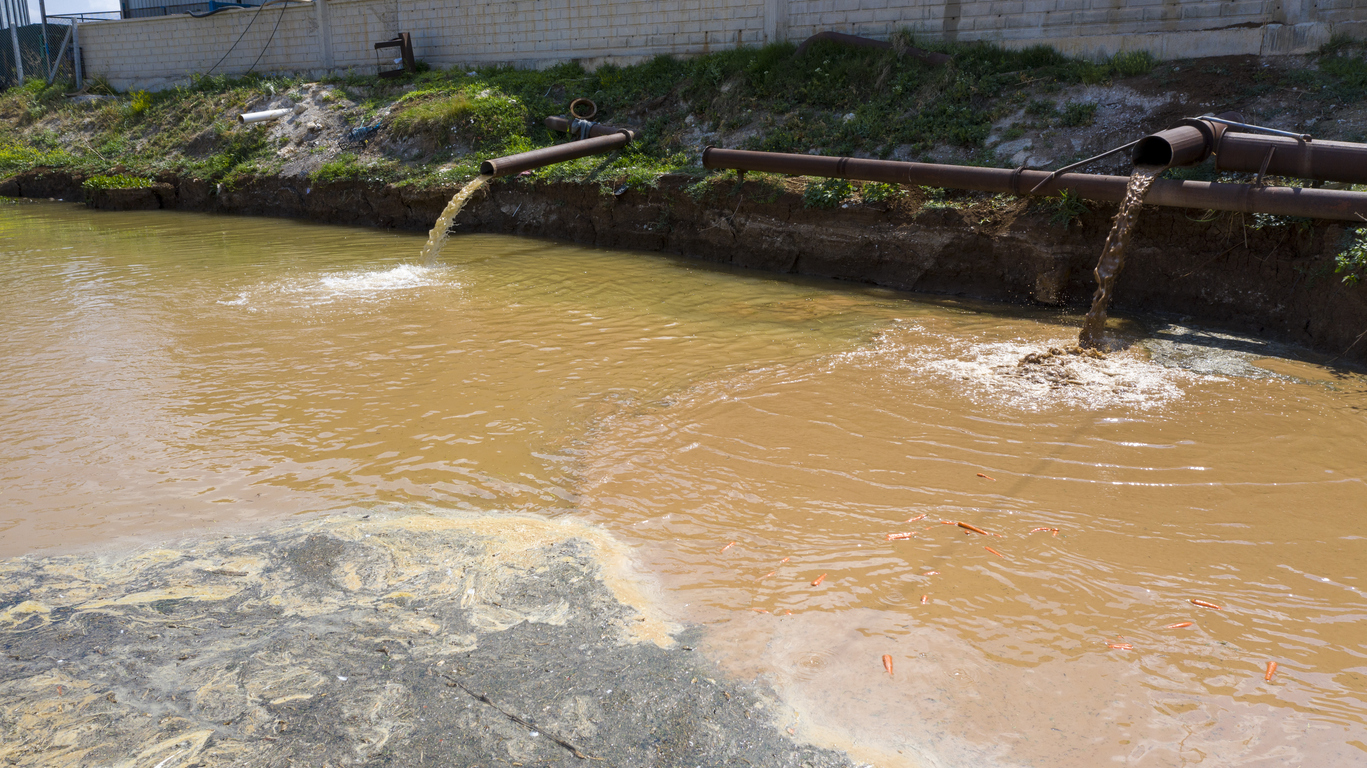
Dairy production contributes to greenhouse gas emissions, worsening climate chaos worldwide. Methane, the principal greenhouse gas emitted by cows (via their burps and farts), is 28 times more powerful at trapping heat in the atmosphere than carbon dioxide.
Dairy farming requires large amounts of land, regardless of whether cows are grazing in pastures or if fields are used to grow feed crops like soy, corn, and alfalfa.
Milk production also uses huge quantities of water. The Water Footprint Network tells us it takes about a thousand liters of water to produce a single liter of milk.
How is that possible? For one thing, large amounts of water go into the feed for the cows. And lactating cows must drink copiously to avoid dehydration. Water is also used for cleaning, cooling in hot climates, wetting feed, and what is euphemistically called “manure management.”
To understand the reality behind that term, visualize streams of manure, fertilizer, and antibiotic residue running off into local ponds, creeks, lakes, and rivers. This so-called “management” contributes to water pollution, algal blooms, and dead zones in rivers and oceans.
Raw milk typically comes from smaller farms, often aiming for better environmental practices. Small farms may use some resources more efficiently and even recycle manure back on the land or provide it to nearby farms. However, they still require significant amounts of water, land, and nutrients per unit of food produced. And they haven’t figured out how to get their cows to stop producing methane.
On the other hand, since raw milk has a much shorter shelf life than pasteurized milk, transporting and refrigerating it has a considerable carbon footprint. This could even outweigh the environmental benefits that may accompany more environmentally sensitive production methods.
What Is Raw Milk and How Does It Compare to Pasteurized Milk?
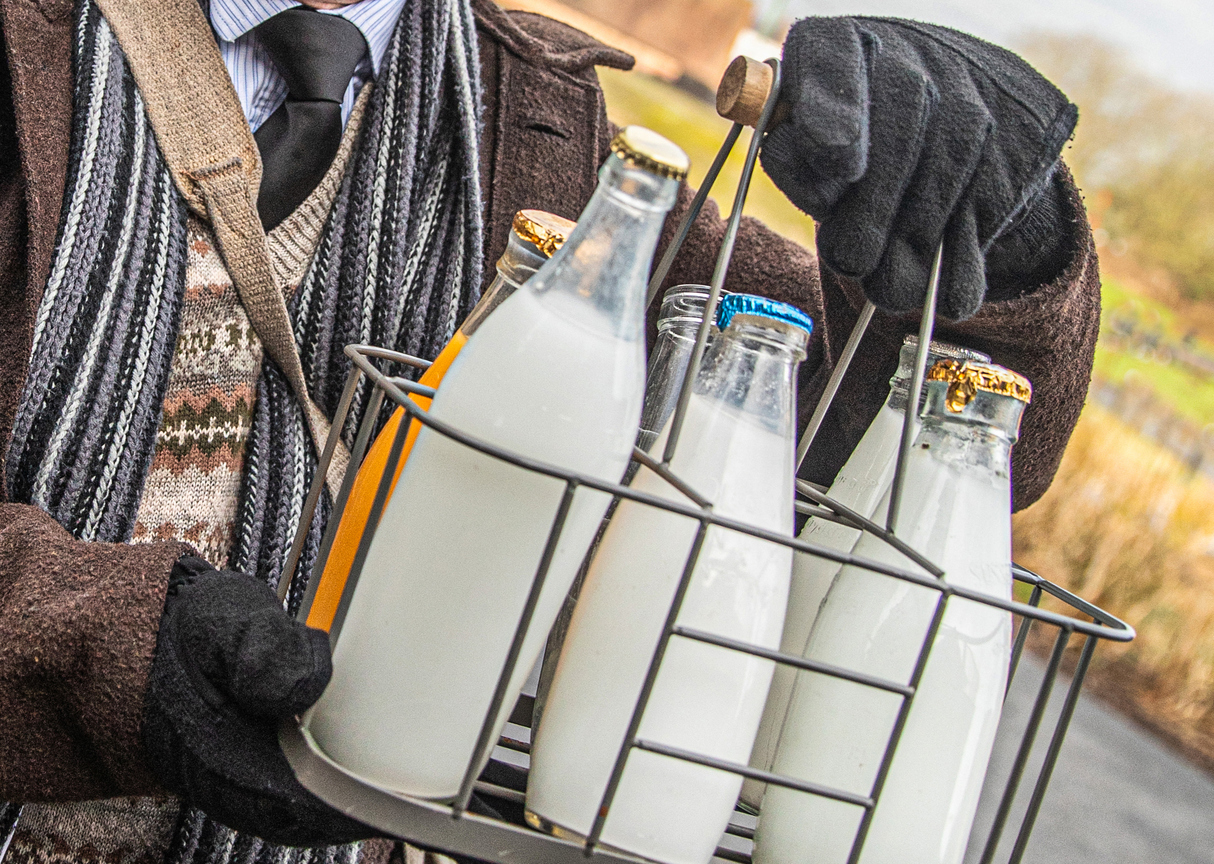
Raw milk is milk that has not undergone pasteurization.
Pasteurization is a heat treatment process designed to kill or deactivate harmful pathogens and microorganisms that may be present in foods or beverages. The term derives from French scientist Louis Pasteur’s pioneering work on the germ theory of disease, and his experiments in destroying those germs through heat and other methods.
Technically, raw milk can come from any mammal, including cows, goats, sheep, buffalo, and camels. (I don’t know of any humans who drink dolphin or whale milk (too hard to get) or hamster or rat milk (not worth the trouble).
Until the late 1800s, when pasteurization caught on, all milk was raw. To this day, many countries in Africa and parts of Asia still don’t pasteurize their milk.
It’s easy to romanticize the past and think that “natural” raw milk must have been fine. But in pre-pasteurization America, raw milk was a common — perhaps the most common — source of foodborne illness.
And things got worse as dairy production went from a couple of cows on your neighbor’s small farm to large-scale industrialization. The quality of milk plummeted. Large dairy herds were fed “slop house” distillery waste, and the milk wasn’t refrigerated properly.
In those days, no government standards regarding milk processing existed, and fraud was rampant. One salient example was the 1858 New York “Swill Milk” scandal, where it was discovered that watered-down milk was “revived” with plaster of Paris, starch, eggs, and molasses. (That’s one recipe we will definitely not be sharing on this website!)
The disease-causing milk-borne pathogens were even worse than those additives. In 1891, one in every four infants in New York City died, many from drinking tainted milk. Once pasteurization became widespread, this number dropped to about 1 in 14.
As we’ve seen, pasteurization is a heat treatment process designed to kill or deactivate harmful pathogens and microorganisms that may be present in foods or beverages.
Raw Milk Health Claims vs. Reality: What the Science Says
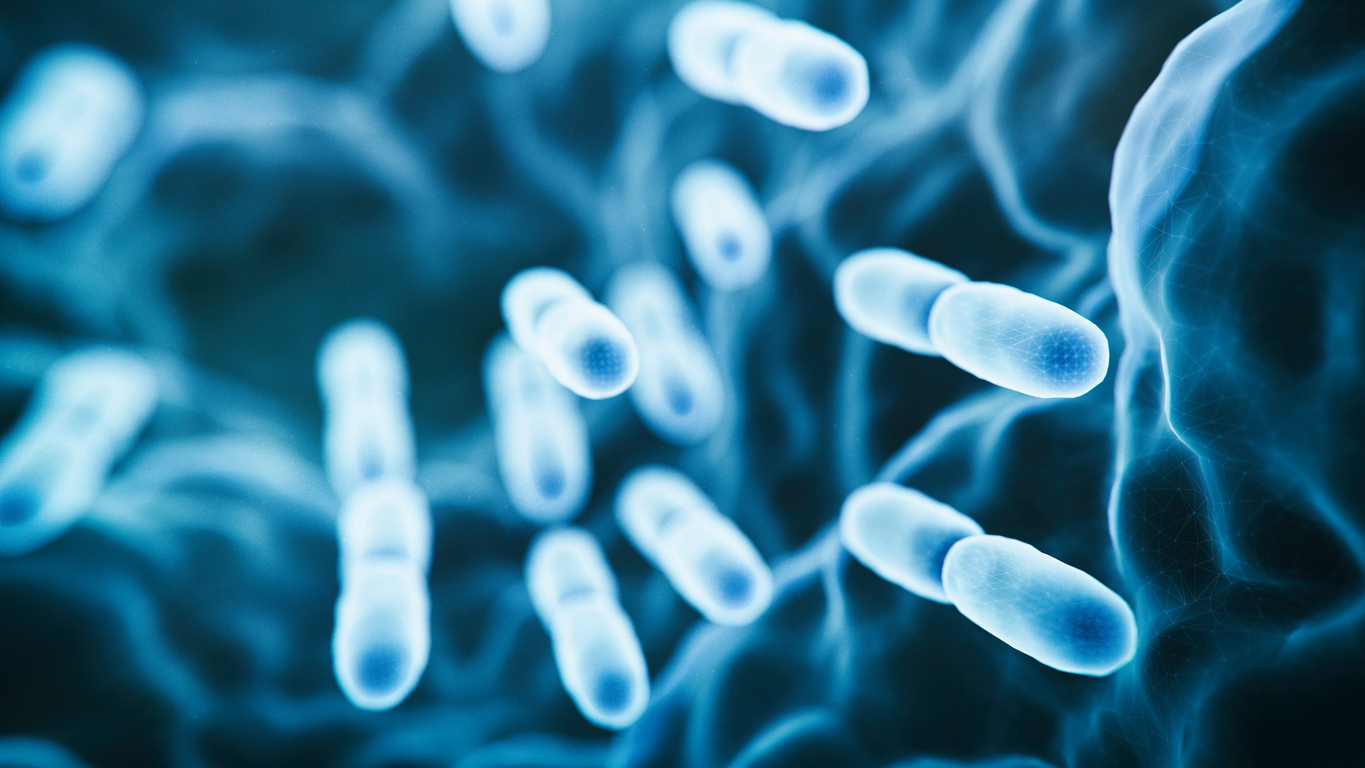
There are many health claims made by proponents about raw milk. Among the most common are that raw milk:
- Has more nutrients than pasteurized milk
- Contains beneficial probiotics that would otherwise get destroyed by pasteurization
- Is easier for lactose-intolerant people to digest
- Boosts the immune system and reduces allergies
Raw milk fans also claim that it tastes better than pasteurized milk. Since it’s not a health claim, I’m not going to explore whether that’s true (it’s hard to argue about matters of taste). But even conceding the point, that’s not necessarily a point in its favor. Companies in Australia that sell raw milk (for bath or cosmetic usage; it’s illegal in that country to sell it for consumption) are required by law to make it unpalatable to prevent children from accidentally drinking it.
1. Does Raw Milk Have a Higher Nutrient Content?
Advocates argue that the heat required for pasteurization destroys milk’s nutritional and health benefits. But what does the research say?
There is some denaturation of proteins, but that has no impact on the quality of those proteins. (The first thing your body does with protein from food is break it down into smaller units, such as peptides and individual amino acids, which is exactly what happens when proteins are denatured.)
There are small losses (less than 10%) of water-soluble vitamins, including C, thiamine (B1), B6, folate (B9), and B12, during pasteurization. With the exception of B12, the concentrations of these vitamins in milk are very low to begin with. And pasteurization has no effect on fat-soluble vitamins A, D, E, and K.
The minerals in milk (including calcium, magnesium, phosphorus, and potassium) are also unaffected by pasteurization, as they are very heat-stable.
And many types of milk are fortified with nutrients, effectively replacing any vitamins that might have been reduced through pasteurization, and then some.
2. Does Raw Milk Have Probiotics?
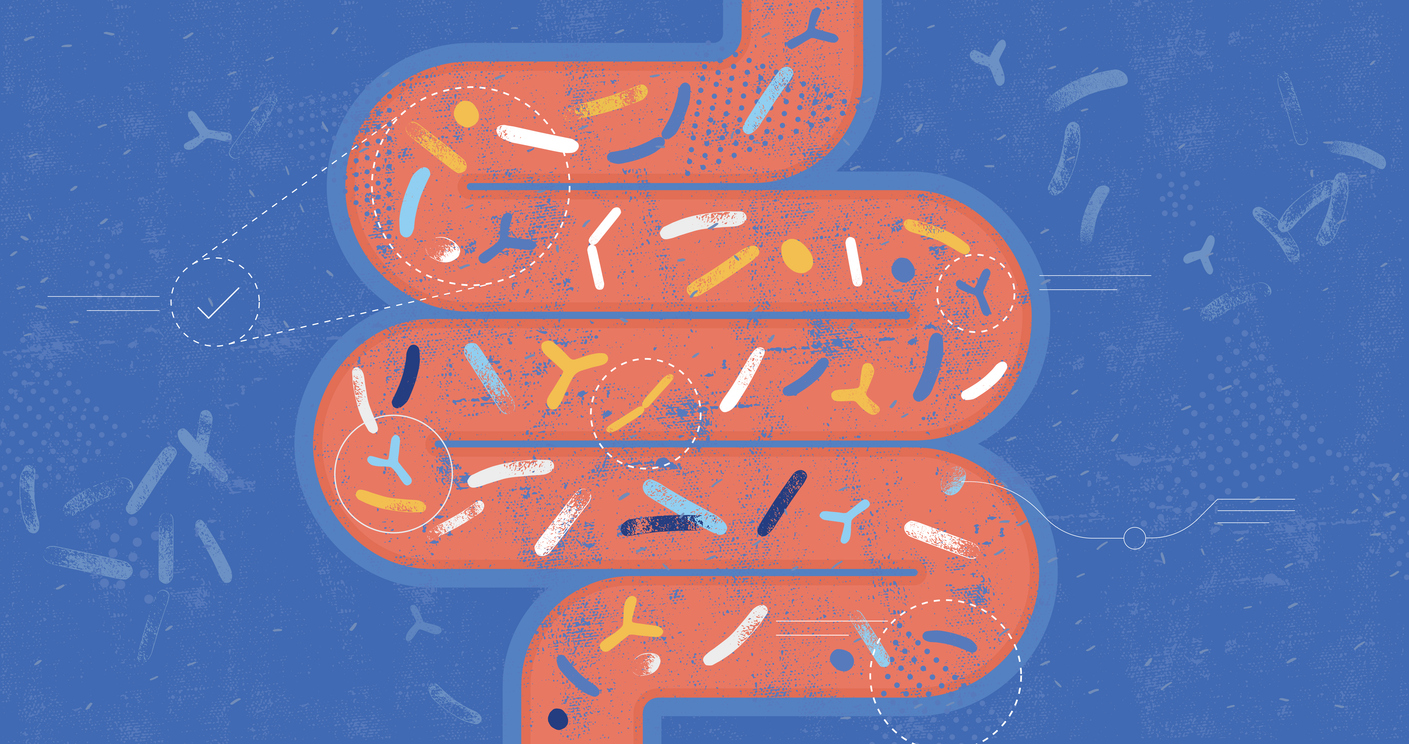
Some lactic acid bacteria, like those in raw milk, are considered probiotics. These are live microorganisms that can then live in your gut and provide health benefits to you (while having a great time digesting foods that you couldn’t handle without them).
There are a few problems with this, however. Key probiotic bacteria, such as Bifidobacterium or Lactobacillus acidophilus, should be present only at low levels in raw cow’s milk. They don’t compete well against the more numerous and aggressive lactic acid bacteria, so there’s not a lot of them for you to drink.
In fact, raw milk high in Bifidobacteria is probably contaminated with fecal matter, which raises the likelihood that the milk is also contaminated with genuinely harmful bacteria.
In any case, a much better source of probiotics for people is foods that have been safely fermented.
For more on this topic, see our article: Fermented Foods: What Are They and How Can They Boost Your Health?
3. Is Raw Milk Easier to Digest for Lactose-Intolerant People?
Proponents claim that raw milk alleviates the symptoms of lactose intolerance. Lactose intolerance occurs when people lack an enzyme called lactase (more specifically and accurately, beta-galactosidase, which sounds to me like a really unsuccessful Battlestar Galactica spinoff), making them unable to metabolize lactose, the primary sugar in milk, into glucose and galactose.
For most people, this is a genetic trait. Researchers estimate that up to two-thirds of the world’s population is lactose-intolerant, meaning they experience digestive distress and other unpleasant and potentially harmful symptoms when they consume milk. Rates of lactose intolerance are highest in people of color.
So, is it true that lactose-intolerant people can handle raw milk? As far as science has discovered, no. A 2014 randomized controlled study found that raw milk produced just as many symptoms as pasteurized milk in lactose-intolerant participants.
Interestingly, although researchers didn’t tell them which milk they were drinking and tried to mask any taste differences by adding vanilla flavoring, 40% of the subjects could tell the difference between raw and pasteurized milk. However, that didn’t affect the amount or severity of symptoms they reported.
If you think about it, these results make perfect sense. All milk, whether raw or pasteurized, contains lactose, which can cause reactions in intolerant individuals.
Lactase-producing strains of bacteria can potentially be present in small amounts in raw milk, but they don’t get a chance to do their thing because their activity is inhibited by refrigeration. So, unless you get your raw milk by sliding under a cow and suckling directly, you’ll probably not benefit from these bacteria.
4. Does Raw Milk Boost Immunity and Reduce Allergies?
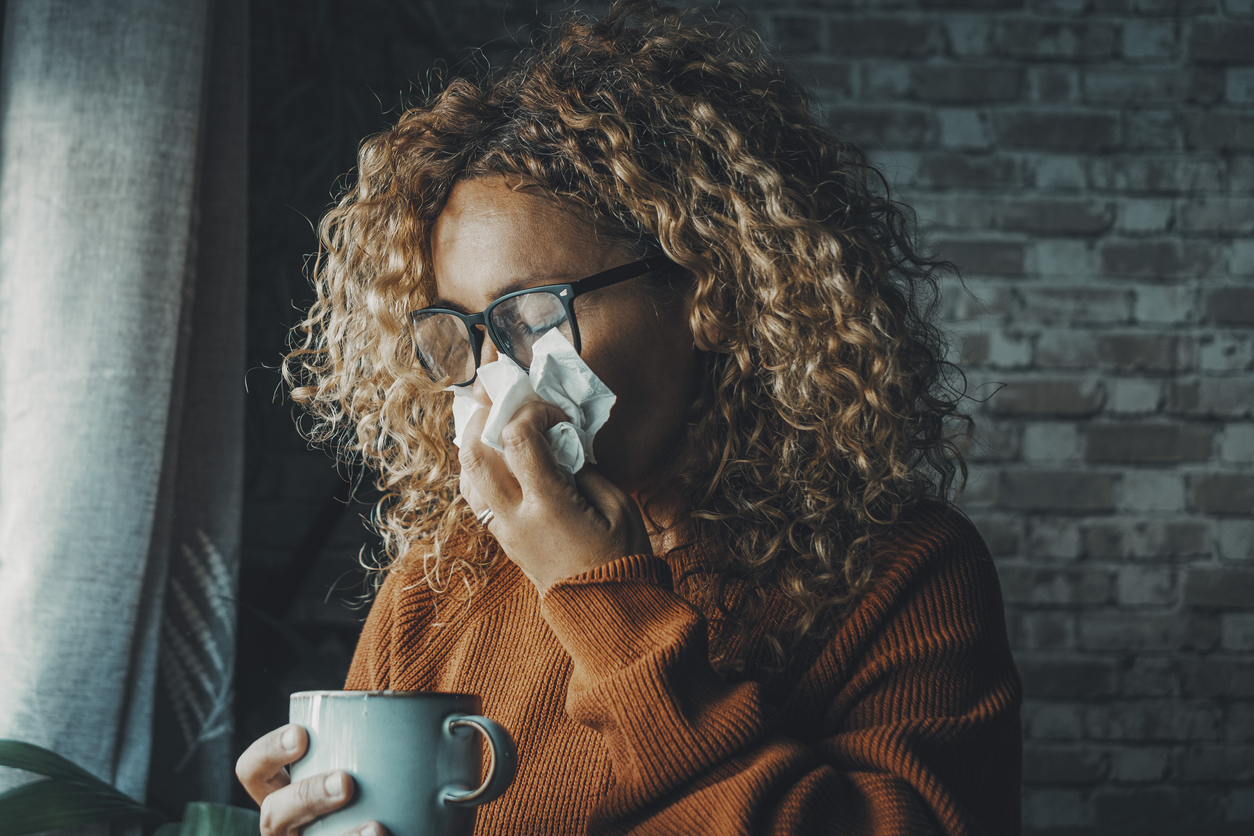
Several epidemiological studies have shown that growing up in a farming environment is associated with a decreased risk of allergy and asthma compared to children from suburbs and cities. There’s a comprehensive theory, known as the “hygiene hypothesis,” that growing up in overly clean environments might render our immune systems less prepared, leading to more allergies and illnesses like asthma later in life.
Raw milk advocates argue that drinking unpasteurized cow’s milk is part of why farm kids come into contact with a wider range of bacteria and allergens than other children.
It’s true that exposure to modest amounts of microbes and even allergens can stimulate an immune response and support overall health. Sort of the “what doesn’t kill you, strengthens you” principle.
However, that’s technically true with all sorts of possible pathogens and microbes. Some people might even be healthier if they eat a bit of dirt. The trouble is, some people might also die because of exposure to those same pathogens that stimulate immunity in others.
The US FDA tells us that raw milk does not cure or treat asthma or allergies and is not an immune-system-building food.
Still, is there anything about raw milk that could help stimulate immune health?
Raw cow‘s milk may contain elements with antimicrobial properties that inhibit the growth of microorganisms in the milk. However, because most people don’t live on farms and get their milk refrigerated, those antimicrobial elements probably have little to no effect.
There are enzymes in milk, including lysozyme and lactoferrin, that help protect nursing babies from infection. However, their concentration in human milk is 10 times that of cow’s milk.
In fact, high concentrations of these enzymes in cow’s milk are bad news, indicating that the cow’s immune system has powered up to deal with an infection such as mastitis.
Another such enzyme, lactoperoxidase, is so heat-stable that it’s not destroyed by commercial pasteurization. So raw milk offers no advantage here.
Another claim by raw milk proponents is that pasteurization destroys the immunoglobulins in milk, depriving us of potential health benefits. In reality, research shows that many bovine immunoglobulins — especially IgG — are relatively heat stable and retain most of their activity after pasteurization. However, there may be a slight reduction in function. The FDA also says, “There are no immunoglobulins in raw milk that enhance the human immune system.”
The Real Safety Concern: Is Raw Milk Dangerous?
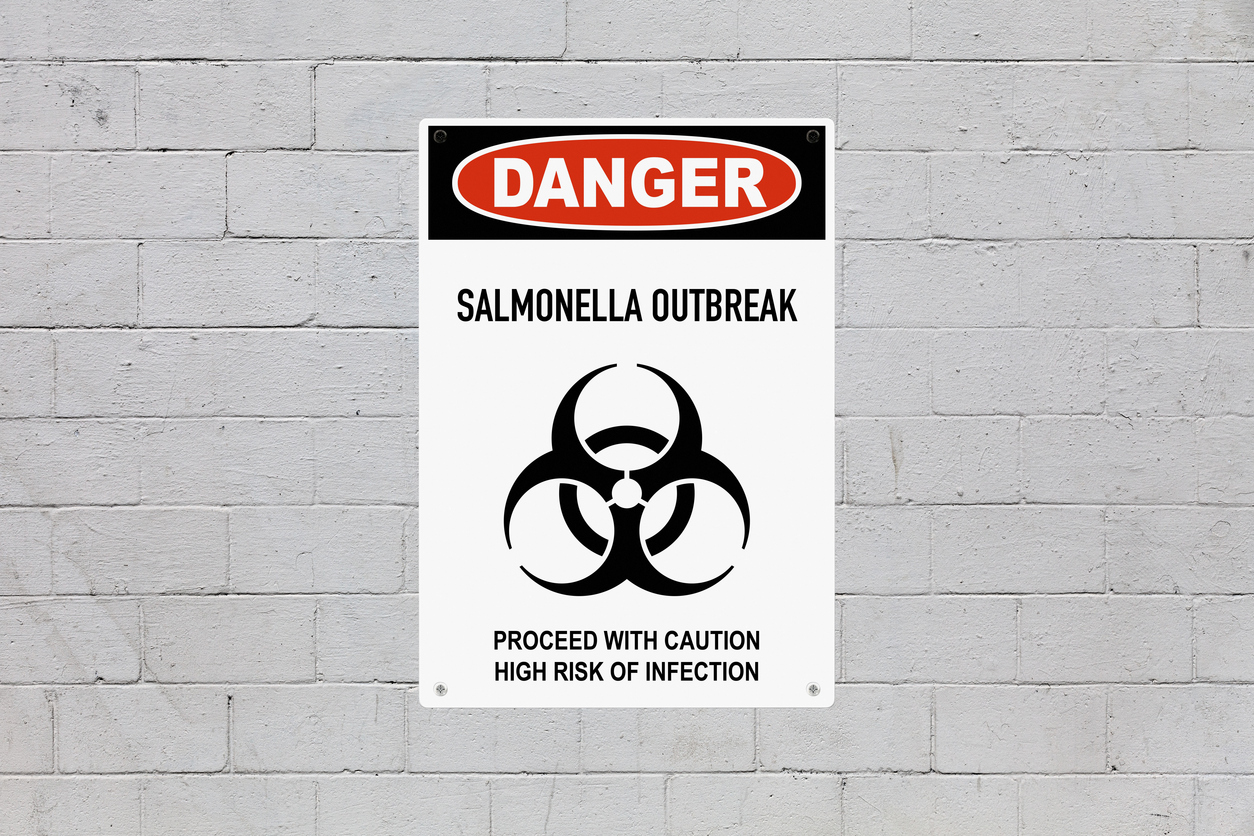
While there may be some small benefits to drinking raw milk over pasteurized, these possible advantages pale in comparison to a much more important issue: raw milk is dangerous to your health.
Proponents will point out that many people who consume raw milk regularly have never had an issue with it or gotten sick. That may be true, but there’s a statistically significant possibility of severe sickness due to bacterial contamination.
How severe? The most frequent illness accompanying early milk-borne infectious outbreaks in the United States and Europe was typhoid fever caused by Salmonella in milk. Before the advent of antibiotics, this disease routinely killed 10%–30% of those who contracted it, and roughly 36% of the infected soldiers in the American Civil War.
Other old-time diseases caused by bacteria in raw milk include scarlet fever, diphtheria, tuberculosis, and brucellosis. But raw milk has “kept up” with the times, and not in a good way: modern infections carried by raw milk include (science jargon alert) Campylobacter, Salmonella, Shiga toxin-producing E. coli (STEC), Listeria monocytogenes, and avian influenza A(H5N1) virus.
The bacteria most commonly found in raw milk can cause symptoms like diarrhea, stomach cramps, vomiting, and fever. But wait — there’s more. (I feel like I’m narrating the world’s worst infomercial.)
Muscle weakness and paralysis (from Campylobacter), sudden kidney failure and anemia (from STEC), or miscarriage (from Listeria monocytogenes) can also occur.
Of all the food-borne illnesses linked to dairy products in the US, raw milk and raw cheese are responsible for no less than 96%. That’s despite the fact that less than 5% of all Americans consume any raw milk whatsoever.
So, you might reasonably ask, how widespread are pathogens in raw milk? The answer may shock you.
In some studies, up to a third of all raw milk samples contained pathogens, even when sourced from clinically healthy animals or milk that appeared to be of good quality.
As anyone who’s ever spent time on a dairy farm knows, cows are prodigious poopers, and their poop goes pretty much everywhere. Even on the cleanest farms, poop particles are found on and around an animal’s udder, in the environment (including in soil and water), and on the milking equipment.
There have been dozens of raw milk-related foodborne illness outbreaks throughout the years, continuing to this day, which have led to serious illness, including kidney failure, and even death.
If you’re curious, here’s a list of dozens of articles, research, and studies that list the huge number of outbreaks of disease linked to raw milk.
Who Is Most At Risk of Foodborne Illness?
While everyone should be concerned, the populations most vulnerable to severe adverse outcomes from raw milk include:
- Pregnant people
- Infants and children
- Elderly people
- People with compromised immune systems
Is the Sale of Raw Milk Illegal?
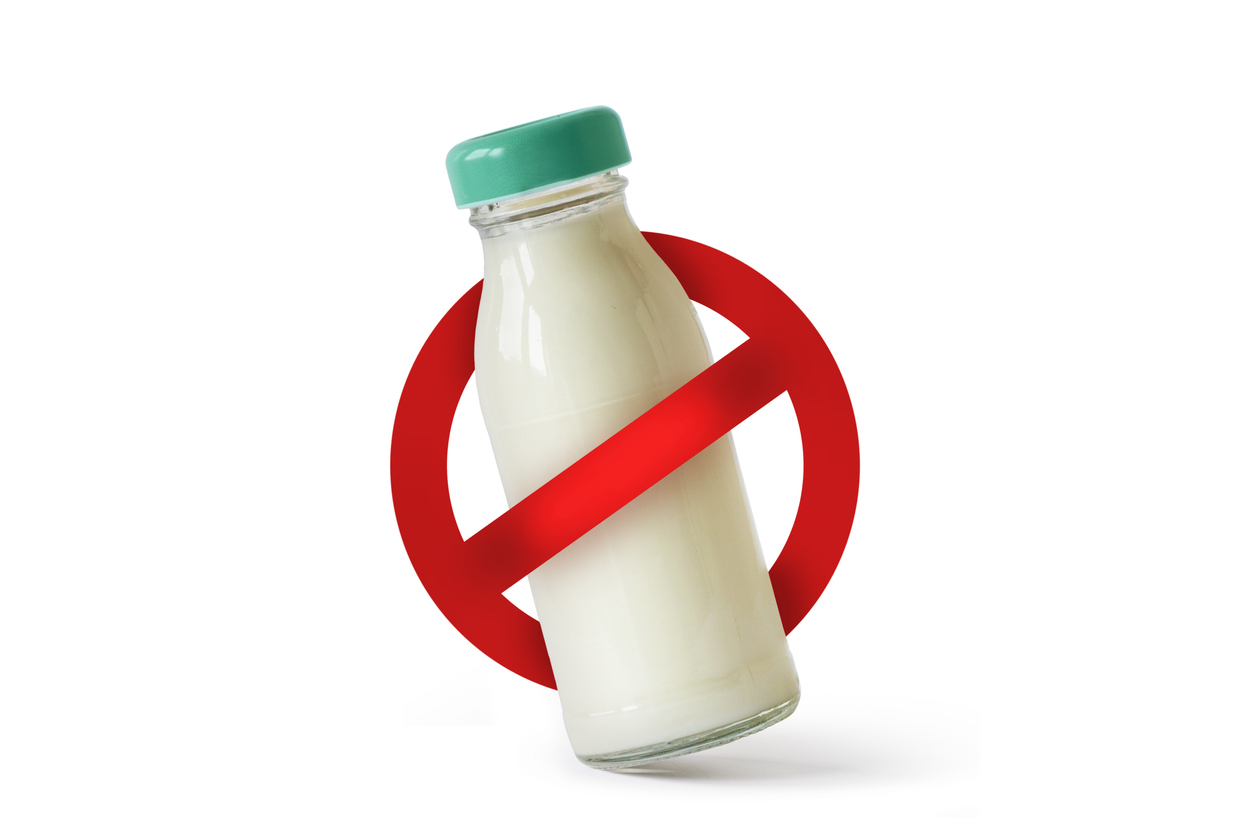
Raw milk is illegal in Canada, Scotland, Australia, Singapore, and some other countries.
Raw milk sales are mostly legal across the EU (each country can decide for itself), but the suggested regulations are far stricter than in the US.
It’s not illegal to consume raw milk in the US. US federal law prohibits the retail sale of unpasteurized milk across state lines, but each state governs the sale of unpasteurized milk within its borders. While 23 US states have enacted at least a partial ban on retail sales of raw milk, many small farms have found creative ways of getting around those restrictions through loopholes like ownership shares of a cow or herd.
The Bottom Line: Should You Drink Raw Milk?
The majority of claims for the health benefits of raw milk don’t hold up to scrutiny. Some don’t make sense when compared to known scientific facts, and most lack credible data to back them up.
And the real and quite high risk of contracting a serious foodborne illness from raw milk outweighs any potential benefits.
Many raw milk farms implement kinder and more sustainable farming methods. But that has nothing to do with pasteurization practices.
If you drink cow’s milk, the safest option is pasteurized milk. But you might be better off availing yourself of safer, healthier, and far more environmentally friendly plant-based milks. There are plenty of ways to get the nutrients you need on a well-balanced, whole foods diet without using dairy products — raw or not.
For our article on plant-based milks, including recipes for making your own, click here.
Tell Us in the Comments:
- Do you drink raw cow’s milk? Why or why not?
- What’s your favorite plant milk?
Featured Image: iStock.com/SimonSkafar
